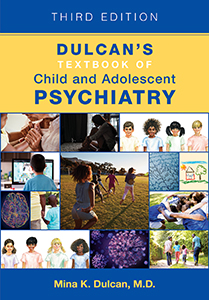Sections
Excerpt
Behavior therapy has a long history of success in treating childhood problems. This approach is based on several core assumptions that highlight methodological rigor, empirical evaluation, a focus on observable behaviors as the most beneficial targets of intervention, and the importance of behavioral assessment in both design and ongoing evaluation of treatment plans. Behavior therapy approaches emphasize the importance of environmental and social contingencies in fostering and maintaining problem behavior—that is, contingency theory (Patterson 1982). Contingency-based behavioral interventions involve one or more of four key concepts: behavior is increased either by following it with something desirable (positive reinforcement) or by removing something undesirable (negative reinforcement); behavior is decreased either by following it with something undesirable (punishment) or by removing something desirable (extinction). Current behavioral treatments also draw from social learning theory (Bandura 1977), which incorporates contingency theory into a more general model that also includes modeling and imitation and cognitive factors (e.g., cognitive appraisals and attributions).
Access content
To read the fulltext, please use one of the options below to sign in or purchase access.- Personal login
- Institutional Login
- Sign in via OpenAthens
- Register for access
-
Please login/register if you wish to pair your device and check access availability.
Not a subscriber?
PsychiatryOnline subscription options offer access to the DSM-5 library, books, journals, CME, and patient resources. This all-in-one virtual library provides psychiatrists and mental health professionals with key resources for diagnosis, treatment, research, and professional development.
Need more help? PsychiatryOnline Customer Service may be reached by emailing [email protected] or by calling 800-368-5777 (in the U.S.) or 703-907-7322 (outside the U.S.).



